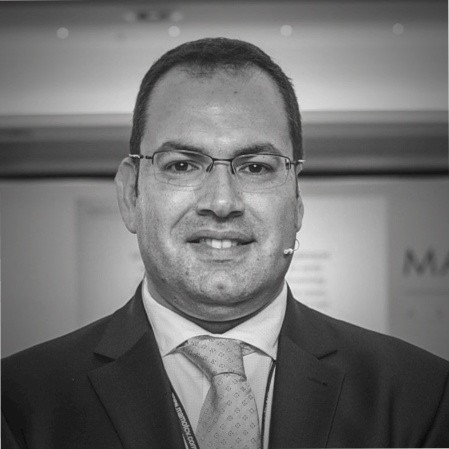
It was a pleasure to work with Reed during a recruitment process, I can guarantee that their impeccable dedication, effort and kindness along the process reflects their professionalism, making Reed one of the bests recruiters I ever worked with.

Luke is a highly qualified and professional recruiter who helped me in my job research. We met for a first interview where I felt at ease and he was able to summarise my skills and competences in a well written cover letter. He is definitely a good referee in case you are seeking for new opportunities in Malta.

I am lucky to have been a candidate of Reed. They were genuinely invested in placing me at a great company and in reaching my career goals. Very insightful, particularly in the tech industry here in Malta. Reed are always conscientious, pleasant and friendly, even if the outcome was not for his own best interest. Definitely a recruitment company you want on your side. I highly recommend Reed if you're just starting your career or if you want to up your game.





